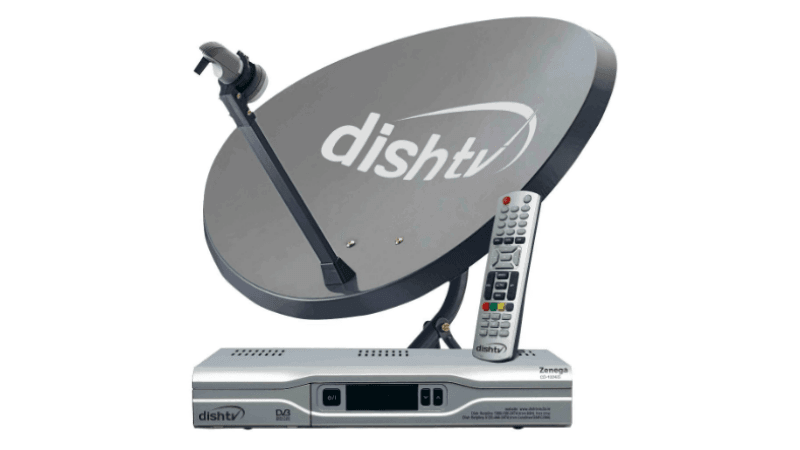Monthly TV Bills Increase After New Trai Tariff Regime Conventionally, broadcasters like Star India have believed that it is beyond the jurisdiction of the telecom regulator to look into tariffs. However, Trai says that it always had the authority to look into the tariffs of the industry but had chosen not to do so until now and has let the market forces decide it– a similar approach how it takes for the telecom industry. Before the rollout of the new regulatory and pricing framework, Trai had actually intended to reduce the monthly cost of TV bills, but after the implementation of this new regime, many complaints have surfaced saying that monthly TV bills have gone up instead of coming down. This is not it, as consumers are also facing a lot of confusion regarding the new tariff regime. About this, the official said, “The aim was to make TV channel pricing more transparent and to give control of channels to the consumers while making it more affordable… but it did not pan out that way.” The new tariff mandate from Trai had surely turned the industry towards the path of transparency with the consumers only paying for channels which they want to watch. But, this has also made the monthly TV bills of viewers costly. Trai to Now Float Consultation Paper to Reduce Tariff Sachin Gupta, Senior Director at a rating firm had said, “Our analysis of the impact of the regulations indicates a varied impact on monthly TV bills. Based on current pricing, the monthly TV bill can go up by 25% from Rs 230-240 to ~Rs 300 per month for viewers who opt for the top 10 channels, but will come down for those who opt up to top 5 channels.” However, that time Trai had dismissed these reports saying that the monthly bills will come down with time. Now floating a consultation paper will also be legally possible for Trai as the Supreme Court has already noted that Trai possesses the power to frame tariffs and regulations for the broadcasting industry.
